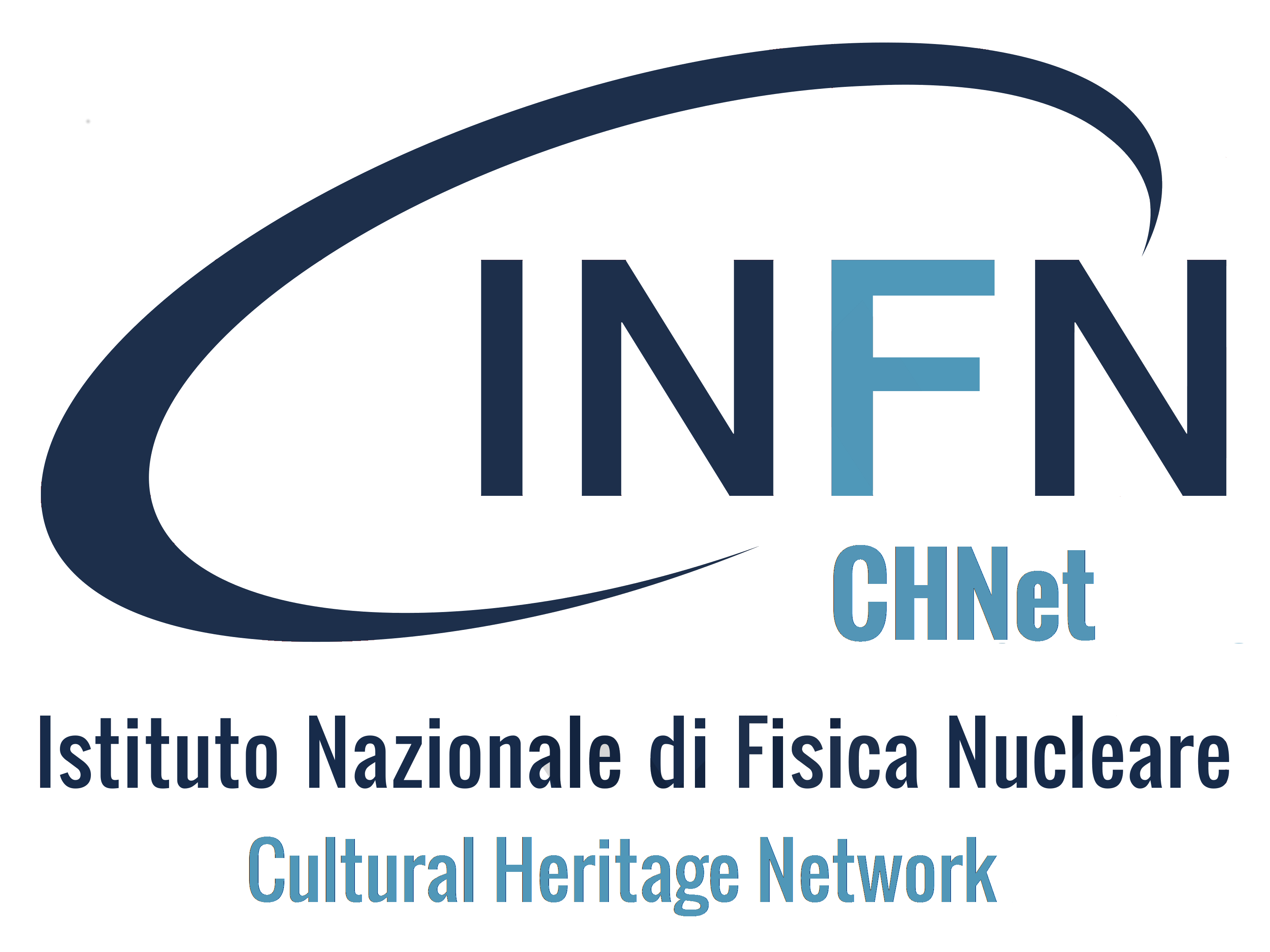The CHNet digital laboratories of the network, currently being implemented, are under the responsibility of CNAF, the national center for information and communication technologies of INFN. In addition to creating a storage environment for the data obtained from the measurement campaigns, the DHLab portal allows image analysis (visualization of the optical image and analysis of X-ray Fluorescence maps and related spectra) and management of the data acquired in Accelerator Mass Spectrometry (AMS) measurements.
When fully operational, all the data acquired by the CHNet laboratories, integrated with the observations of the humanist specialists, will be organized in an online repository that will be able to be consulted by all the network partners.
It consists of a web platform for the assisted generation of metadata and a server service for the persistent storage of scientific data and their metadata. The objective is to offer a cloud environment equipped with a multitude of web applications for storing (meta)data and using them, in light of the FAIR principles; in particular, the idea is to allow researchers to store raw data, processed data, results, documentation and article preprints together on the cloud, with a set of metadata based on a common and shared ontology, CRMhs.
It is a cloud-based natural language processing tool, intended for processing text reports. THESPIAN-NER can be used to automatically produce metadata from scientific reports and to generate queries to retrieve related records available in the CHNet database.
THESPIAN-NER is based on deep learning techniques and is a natural language processing (NLP) tool for automatic named entity recognition (NER). It allows users to automatically annotate archaeological and scientific documents written in Italian (.txt or .pdf files) by identifying and labeling relevant semantic entities in the text.
Web tool for macro-XRF analysis. It allows users to retrieve raw XRF data in HDF5 format from the server or import their own and recover both the histogram of XRF counts and the XRF image. These are shown in interactive graphs that allow users to easily interact with the data representation and modify it by acting on the various parameters.
Web tool for pre-analysis of AMS raw data.
